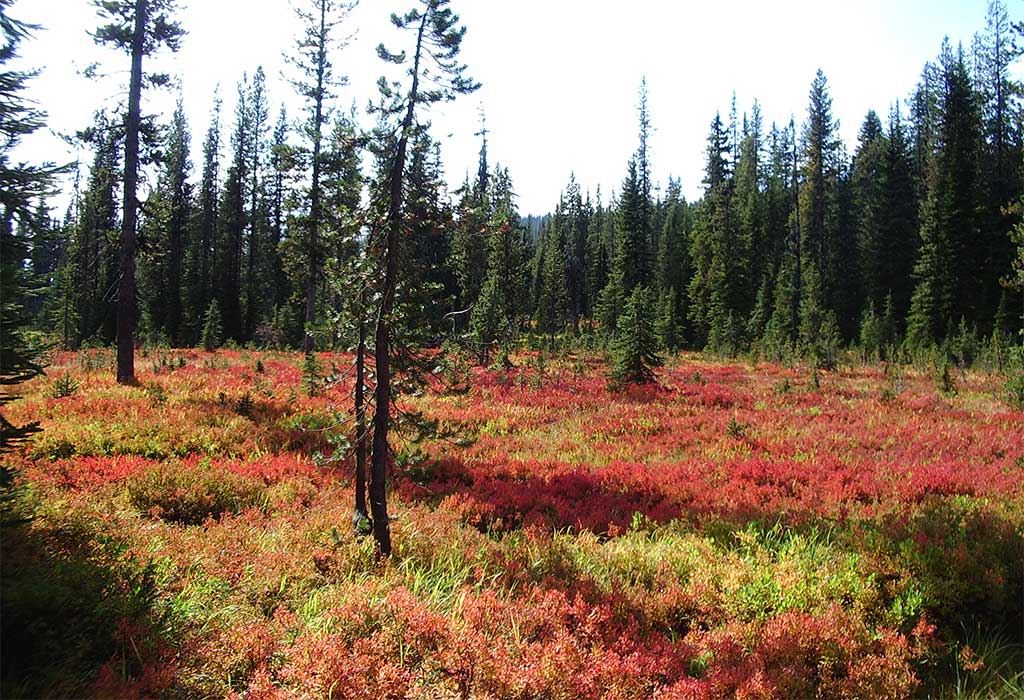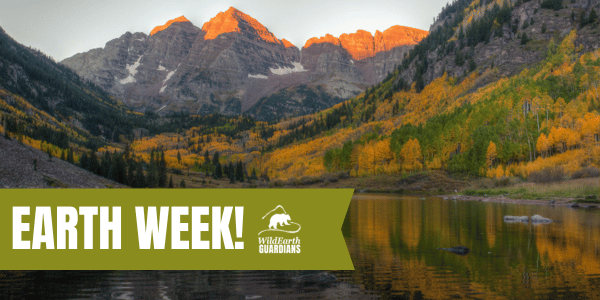The Forest Service, in completing the travel plan, conducted a Final Environmental Impact Statement (FEIS), which found that motorized and mechanical backcountry travel negatively impacts the diverse wildlife of the area as well as the many other recreational opportunities enjoyed in the Bitterroots. Noise and emissions pollution harm myriad species including elk, mountain goats, Canada lynx, and wolverine, among others, as well as impacting other backcountry experiences including fishing, hunting, hiking, and horse packing. The Bitterroot’s wilderness study areas are protected by the Montana Wilderness Study Act of 1977, which was drafted to safeguard the extensive wildlife habitat and solitude of the Bitterroot National Forest. The court’s decision to uphold USFS’s ban on motorized vehicles in these areas will help ensure that they remain functional habitat for a range of species and will be enjoyed by generations of visitors to come.
Documents
- Bitterroot Ridge Runners Complaint
- Conservation Groups Motion to Intervene
- Ridge Runners Memo in Support of Summary Judgment
- Forest Service Memo in Support of Cross Motion Summary Judgment
- Conservation Groups Memo in support of Cross Motion Summary Judgment
- Order - Dismissal and Remand
- Conservation Groups Memo - Motion for Clarification
- Order Granting Motion for Clarification

